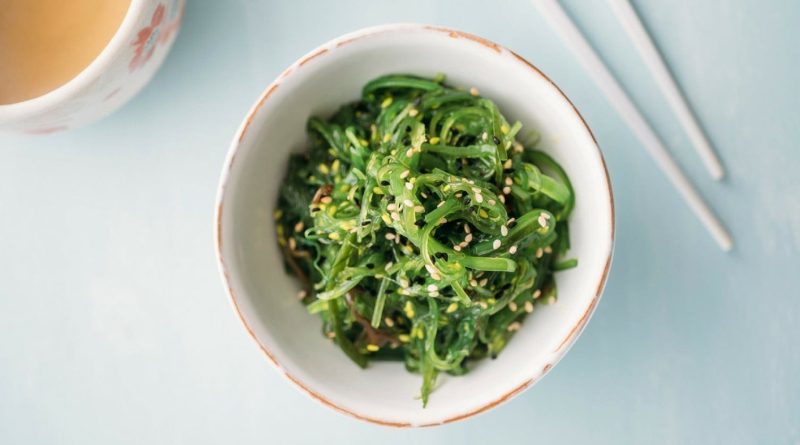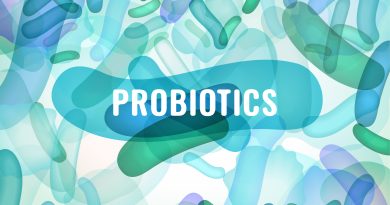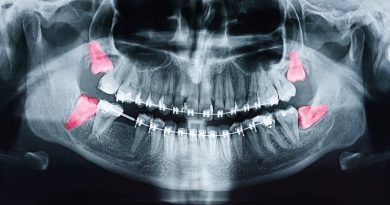Experts on food say that we should all eat seaweed every day
It’s likely true that seaweed isn’t a regular part of the diet of most of the people reading this. Even though it’s eaten all over the world in many coastal cities and especially in Asian food, most of us don’t eat seaweed unless it’s used to wrap sushi rolls or add flavor to rice crackers.
But a group of Danish researchers says we should change this. They say people should eat seaweed every day to make their meals healthier and to help reduce the effects of obesity and the diseases that come from it.
Ole G. Mouritsen, a biophysics researcher at the University of Southern Denmark, said, “Some substances in seaweed may be important for reducing cardiovascular diseases.” “We think this information should be shared with the public and also used.”
In a new study published in Phycologia, Mouritsen and his colleagues say that adding seaweed to our diets shouldn’t just be up to the consumer. Instead, they say that the food industry has a big part to play in making seaweed a common ingredient in the foods we buy and eat every day.
Researchers think that small amounts of seaweed could be used as an alternative ingredient or flavoring in all kinds of processed foods, like frozen pizzas, hot dogs, dried pasta, and even fast food.
In the new paper, researchers look at the diets of 35 different types of seaweed. Many of these seaweeds are good for your health in different ways. Seaweed has a lot of healthy nutrients, like essential amino acids, antioxidants, minerals, trace elements, dietary fiber, and polyunsaturated fatty acids.
It’s also good for flavoring, since the potassium salts in it don’t cause high blood pressure like sodium salts do. It also has umami, which is generally thought to be the fifth basic taste humans can recognize. Umami makes people feel full and can help control how much food they eat.
Mouritsen said, “It’s hard to say how much seaweed a person should eat to get all of its health benefits.” “My best guess is 5 to 10 grams of dried seaweed per day.”
You shouldn’t have to look for this or put it on your breakfast cereal (although you can if you wish). Mouritsen and his team say that we could easily reach this daily amount if seaweed was added to other foods we eat, like replacing 5% of the flour in pizza dough with dried and granulated seaweed. It can also be used in bread dough, where it won’t affect the dough’s ability to rise if the amount is kept below 5%.
Not that these tips are the same for every kind of seaweed. Some species have a lot of iodine in them, and one, hijiki, has arsenic in it. The scientists also say that people should never eat seaweed that has washed up on the shore. But if you get the right kinds and get them in a safe way, a small amount every day could be a tasty addition to a healthy diet.
The authors write, “We know that many people have trouble telling the difference between healthy and unhealthy food.” “We can make processed foods healthier by adding seaweed to them. We often get food that tastes better, and it may also help lower the risk of heart disease.”



